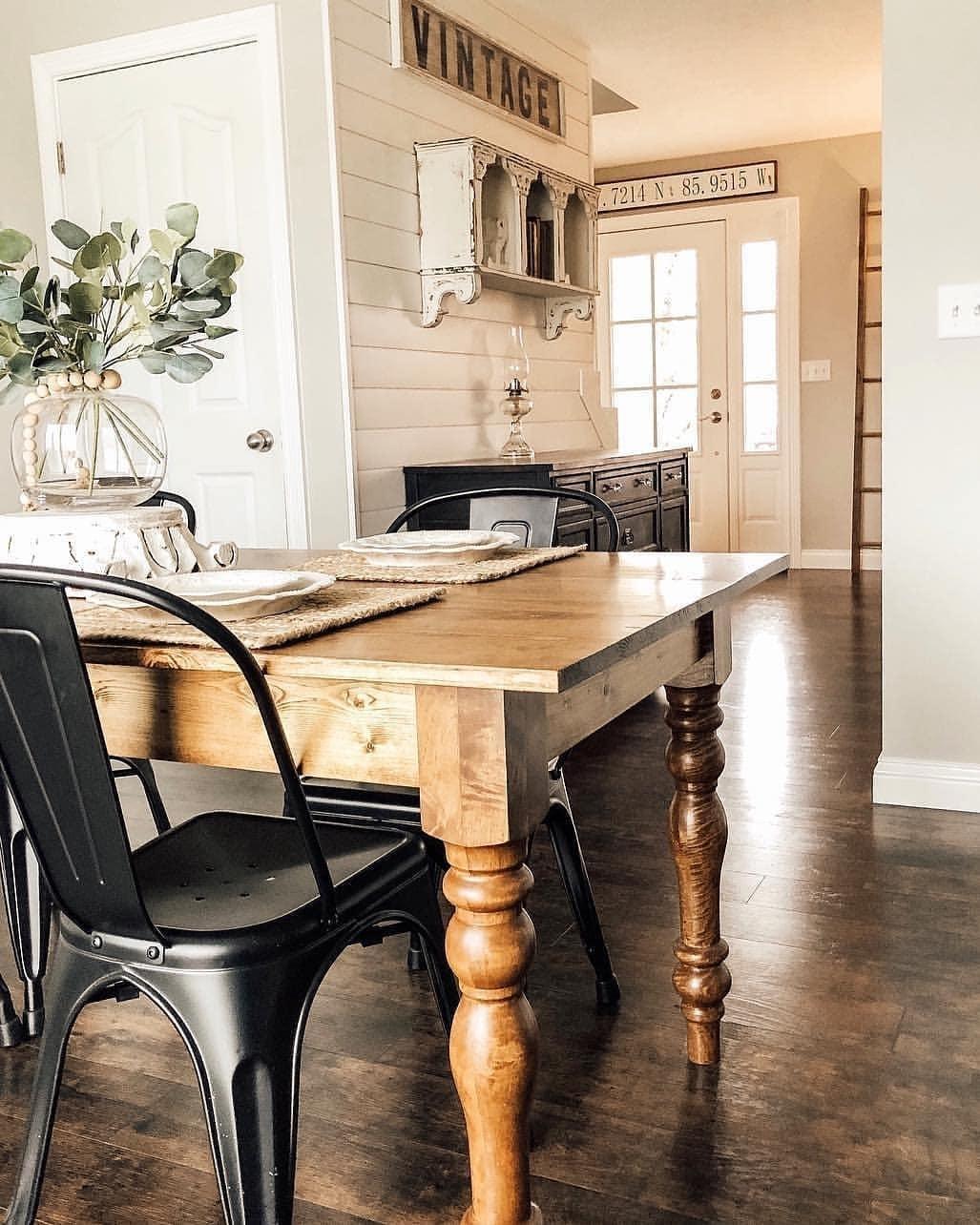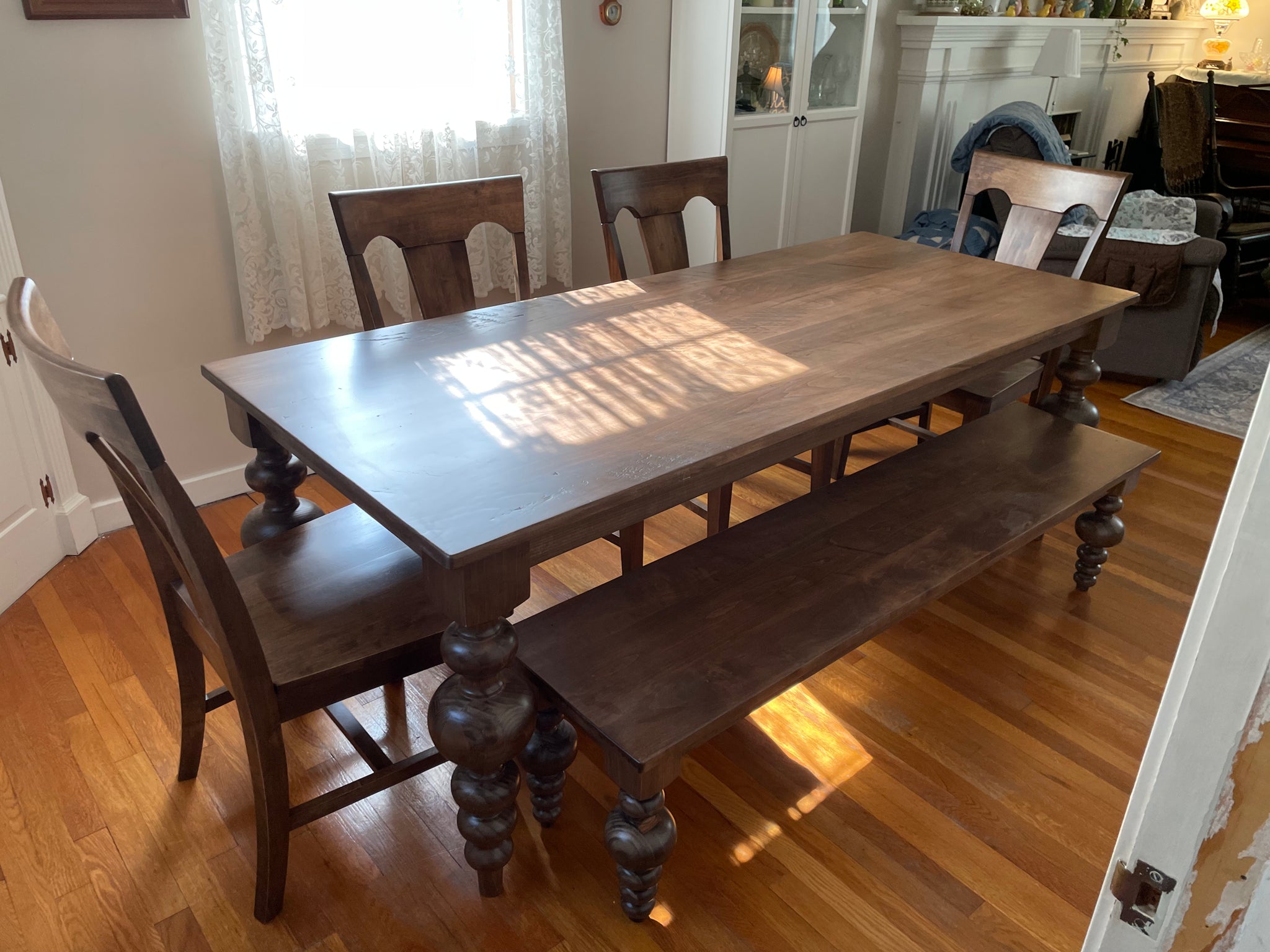From Traditional to Modern: Locate the Suitable Eating Space Table Legs for Your Style
The option of dining-room table legs plays an essential role in specifying the overall personality of your space, linking the space in between standard craftsmanship and contemporary visual appeals. While timeless styles such as cabriole and transformed legs evoke a feeling of timeless class, contemporary designs like barrette and geometric options offer an opportunity for striking aesthetic interest. Examining the right balance in between these styles needs a nuanced understanding of your existing décor and personal preference. As you consider these aspects, the inquiry remains: exactly how can you seamlessly integrate these varied leg designs to develop a harmonious dining experience?
Understanding Table Leg Styles
The range of dining-room table leg styles can considerably influence both the looks and capability of the area. Each leg design contributes distinct practical attributes and visual aspects, dealing with diverse layout choices and use requirements. Recognizing these styles is important for choosing the appropriate dining table that straightens with your overall indoor style vision.
For circumstances, conical legs provide a tidy, traditional look that can improve an area's elegance, while pedestal bases supply security and make best use of legroom, making them ideal for smaller sized spaces. Barrette legs, a hallmark of mid-century modern design, present an industrial style, permitting a ventilated, open feeling. Trestle legs stimulate rustic charm, offering durable assistance and a feeling of timelessness.
Moreover, the selection of materials plays a significant role. Wooden legs can bring warmth and structure, whereas steel options typically share a streamlined, contemporary ambiance. Ultimately, comprehending table leg styles is important for producing a cohesive eating area that shows personal design while guaranteeing functionality and convenience. By attentively taking into consideration these elements, you can improve both the practical and visual appeal of your dining room.
Standard Table Leg Options
When picking dining-room table legs, conventional options usually symbolize classic elegance and craftsmanship. These styles mirror a rich heritage and a dedication to top quality, making them suitable for those who appreciate traditional aesthetics.
One of the most iconic conventional leg designs is the cabriole leg, identified by its graceful rounded form. This layout usually features ornamental makings and is most commonly discovered in Queen Anne and Chippendale furnishings. One more popular option is the transformed leg, which boasts a collection of smooth, rounded forms that supply a classic look while preserving stability.
Furthermore, the straight leg, while basic, supplies a sturdy and basic framework that can mix flawlessly with a selection of tabletop styles. For those drawn to ornate detailing, claw-and-ball feet legs evoke a sense of majesty and can function as a spectacular focal factor in any eating area.
Last but not least, stand bases, although not strictly legs, supply a different typical alternative that enables sufficient legroom and can be beautifully carved. Each of these standard leg designs adds to the general ambiance of a dining space, marrying feature with aesthetic allure.

Modern Table Leg Layouts
Modern table leg styles offer a diverse variety of styles that stress clean lines and innovative materials. These styles frequently focus on capability while working as striking prime focus within an eating space. Minimal visual see page appeals prevail, with legs crafted from products such as metal, glass, and crafted wood, which add to a contemporary and airy feeling.
One popular design is the hairpin leg, defined by its slender, tapered framework that supplies security without frustrating the tabletop (dining room table legs). This design is frequently found in mid-century contemporary furniture and can effortlessly match numerous table forms. An additional fad is the usage of geometric forms, where legs may handle angular or asymmetrical types, including aesthetic interest and a touch of virtuosity

Blending Styles for One-of-a-kind Areas
Frequently, house owners look for to produce one-of-a-kind dining spaces that reflect their personal design by blending numerous design elements. This strategy enables for the consolidation of varied aesthetic appeals, causing an unified yet distinctive environment. Matching a rustic wood table with streamlined, modern-day steel legs can produce an attractive comparison that raises the room's general charm.
Furthermore, incorporating vintage table legs with modern table tops can stimulate a sense of history while keeping a contemporary sensibility. Such mixes not only showcase private taste however likewise motivate creativity, permitting house owners to curate a room that feels both personal and inviting.
Color plays a critical role in this blending procedure; choosing table legs that enhance or contrast with the existing shade plan can boost aesthetic passion. For instance, whitewashed legs can soften the daring of a dark table surface, creating a balanced visual.
Tips for Choosing the Right Legs
Selecting the right table legs is necessary for accomplishing both performance and visual allure in your dining room. Begin by thinking about the total style of your area. Typical setups gain from legs that include complex carvings or turned styles, while contemporary spaces might call for streamlined, minimalist designs.
Following, assess the elevation and stability of the legs. dining room table legs. Standard table vary between 28 to 30 inches in height, so guarantee the legs enhance this measurement for comfort. Furthermore, robust materials, such as hardwood or metal, can enhance stability and long life
Examine the leg form too-- alternatives consist of directly, tapered, or stand click this site styles. Straight legs use a classic appearance, while conical legs can include a touch of beauty. Pedestal bases provide ample legroom and are perfect for smaller rooms.
Final Thought
In recap, choosing the suitable eating space table legs requires cautious consideration of both standard and contemporary designs. Conventional choices such as cabriole and turned legs provide timeless sophistication, while contemporary designs like barrette and geometric forms supply a contemporary touch. By integrating leg style, height, and product with the overall decor, a natural and welcoming environment can be attained. Ultimately, the selected table legs ought to reflect the wanted aesthetic, improving the dining experience within the room.
The variety of dining room table leg styles can dramatically influence both the aesthetics and capability of the area. Ultimately, understanding table leg styles is vital for creating a cohesive eating area that mirrors individual design while making article source certain functionality and comfort.One of the most famous typical leg styles is the cabriole leg, defined by its graceful bent shape. Straight legs use a classic appearance, while conical legs can add a touch of sophistication.In summary, choosing the excellent eating area table legs needs careful consideration of both typical and contemporary styles.
Comments on “How to Maintain and Care for Your Dining Room Table Legs”